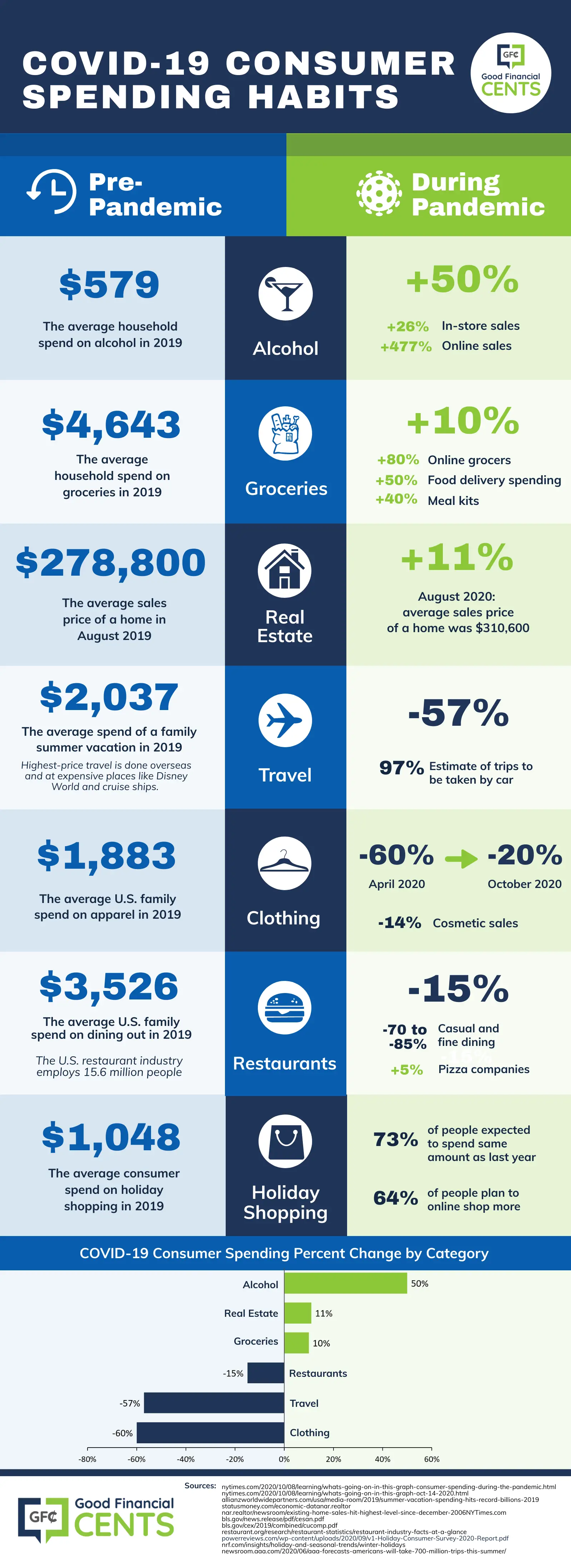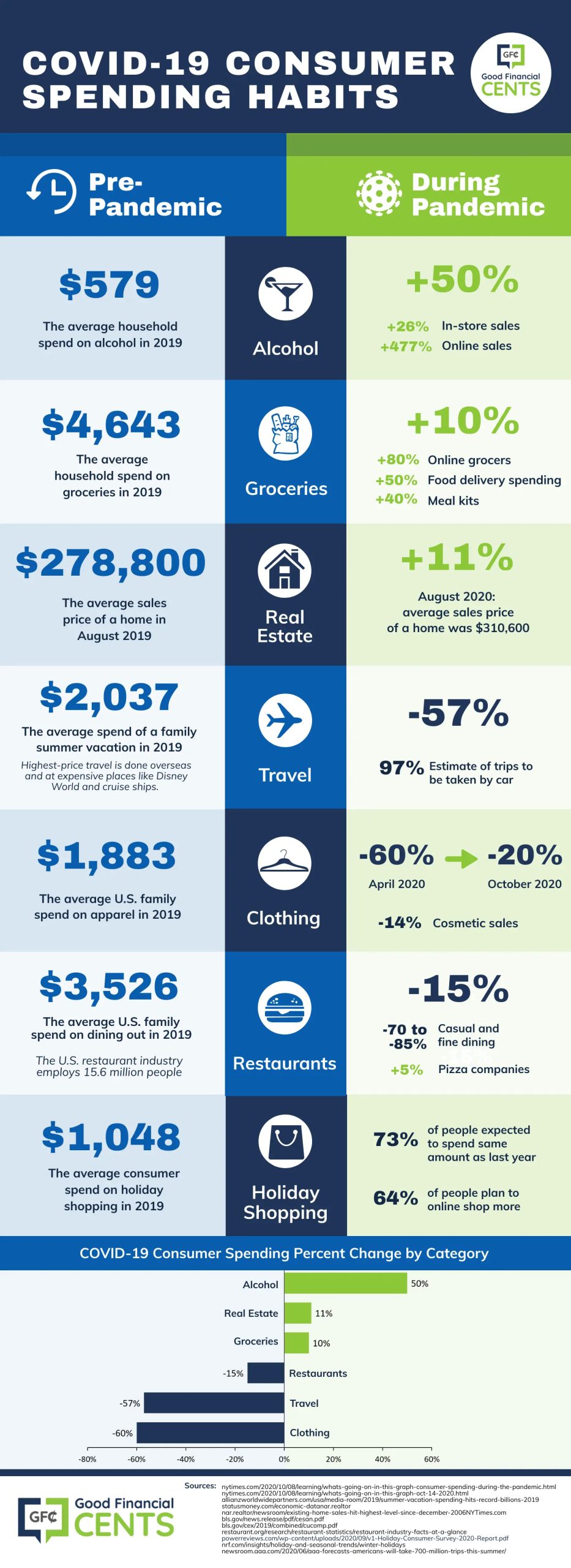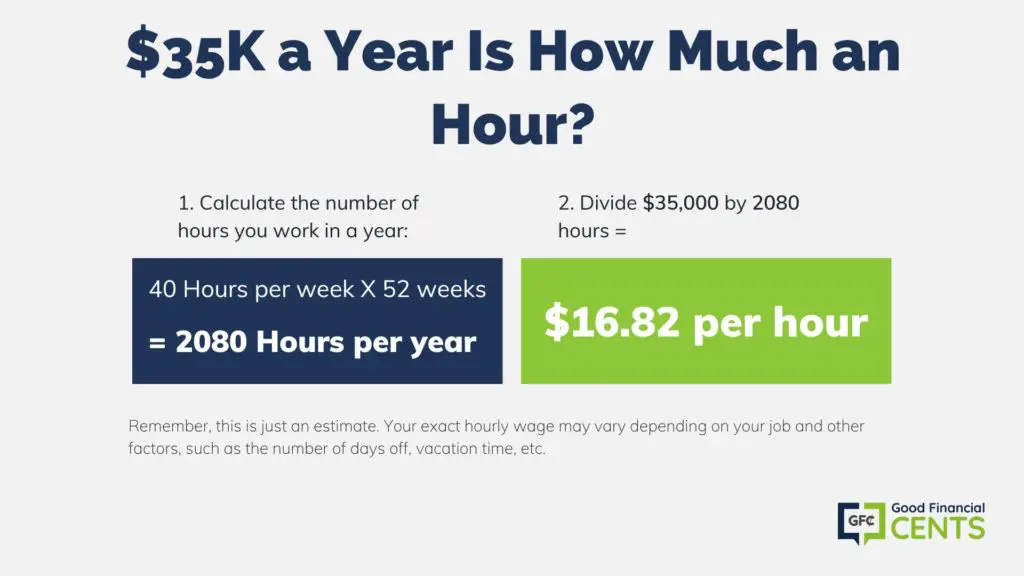The COVID-19 pandemic has been the largest in a single day monetary shakeup in our nation’s historical past. Its results will likely be felt for years into the longer term, if not completely. On the financial entrance, it’s brought about an enormous change in shopper spending, largely as a consequence of how individuals’s earnings and residing/working patterns have shifted.
How Revenue Is Altering
Based on a July report from the Congressional Analysis Service, the large adjustments in family earnings hasn’t affected everybody equally. Those that are hardest-hit already had a decrease earnings to start with — households with kids, and non-white individuals. For instance, 71% of fogeys incomes underneath $25,000 per yr have misplaced earnings, in comparison with solely 33% of child-free households incomes greater than $200,000 per yr.
In different phrases, the wealthy are staying wealthy (and even getting richer), whereas the poor are getting poorer. And since these high-earners are more and more working from house, it’s brought about huge shake-ups in shopper spending, with winners and losers on all fronts.
Prime Spending Classes of 2020
The typical household earned $68,703 (or $5,725 monthly) throughout 2019, in line with Census information. We don’t but know what it’ll be for 2020, though it’ll virtually definitely be decrease when averaged throughout all the inhabitants, together with these with and with out earnings losses. Right here’s how the loss in earnings is affecting what individuals are spending their cash on.
Alcohol
Pre-Pandemic: In 2019, the common family spent $579 on alcohol, in line with the Bureau of Labor Statistics (BLS).
Pandemic: In April of 2020, alcohol spending was up by roughly 50%, in line with an evaluation from The New York Instances.
With everybody caught at house and a looming sense of existential doom all over the place you look, it’s no surprise that spending on alcohol has elevated. The way in which individuals are shopping for their alcohol is shifting, too, in line with a Might 2020 Nielsen report. In-store gross sales of booze jumped by round 26% in comparison with the identical time a yr in the past. On-line gross sales had been much more well-liked, with a 477% soar in direct-to-your-door supply service.
As well as, individuals shifted to purchasing bigger packages of alcohol, with a 20% soar in gross sales of 24- and 30-packs of beer and cider, and a 2% lower in gross sales of six-packs. Gross sales of boxed wine particularly had been additionally up by 44% from the earlier yr, as was 1.75L Costco-sized jugs of exhausting liquor, with a 47% enhance.
Groceries
Pre-Pandemic: The typical household spent $4,643 on groceries in 2019, in line with the BLS.
Pandemic: Grocery spending is up by 10%, in line with an October report by The New York Instances.
Whether or not it’s the sourdough bread craze or cozy consolation meals, many individuals have gotten a crash course in cooking from house over the previous few months. And though groceries have at all times been a giant a part of the family funds (particularly when you have youngsters), they’re increased now than they’ve ever been earlier than.
Nonetheless, you will get your groceries in numerous methods, and a few are booming greater than others proper now. For instance, an earlier survey from The New York Instances in April confirmed that whereas spending at supermarkets was largely the identical in comparison with the prior yr, spending at on-line grocers was up by 80%, meals supply spending was up by 50%, and spending on meal kits surged by 40%. This isn’t stunning, as many individuals are nonetheless (rightfully) cautious of packed grocery shops and are as an alternative choosing the comfort of ready-to-cook-from-home meals.
Actual Property
Pre-Pandemic: The typical gross sales value of a house was $278,800 in August 2019, in line with the Nationwide Affiliation of Realtors (NAR).
Pandemic: The typical gross sales value of a house was 11% increased — $310,600 — in August 2020, in line with the (NAR).
You’d suppose that the most important bombshell in U.S. financial historical past would derail the true property markets that had been already set off-course by the 2008 recession. Up to now (and surprisingly so), that hasn’t been the case. Regardless of the world burning (actually, when you dwell on the West coast), house costs proceed to chug alongside at an growing tempo.
There’s been numerous hypothesis about why that is. Some consultants counsel that high-paid tech employees (these least seemingly affected by the pandemic), at the moment are freed from their tether to excessive cost-of-living areas and are thus more and more flooding out into the suburbs together with all of their money. Particularly, properties which might be well-designed for working from house (comparable to these with further rooms that may double as places of work) are in significantly excessive demand.
Areas The place Client Spending Dropped
As we’ve seen, some industries have picked up. However by and enormous, shopper spending is down, and listed below are a few of the main trade drops.
Journey
Pre-Pandemic: The typical household spent $2,037 on their summer season trip in 2019, in line with an Allianz Insurance coverage survey.
Pandemic: Journey spending is down by 57%, in line with October 2020 numbers from Standing Cash.
Lots of the highest-price journey is completed abroad and at costly locations, like Disney World, and on cruise ships. Clearly, these issues are out for this yr.
So though you may’t take that costly Paris trip you’ve at all times been dreaming of proper now, that’s not stopping lots of people. In June 2020, the American Vehicle Affiliation (AAA) predicted that 97% of journeys could be taken by automobile, both domestically or across the U.S. In any case, there are nonetheless many world-class pure wonders to see proper right here at house, whether or not it’s Yosemite, Previous Devoted, or mountain climbing alongside the Appalachian Path.
Clothes
Pre-Pandemic: The typical U.S. household spent $1,883 on attire throughout 2019, in line with the BLS.
Pandemic: Clothes spending was down by round 60% in April, in line with an evaluation from The New York Instances.
With so many individuals working from house by way of Zoom, you actually solely want garments on the highest half of your physique (watch out to not rise up out of your desk although!). Even so, with so many locations closed down and nobody to see you, individuals simply aren’t spending as a lot on garments nowadays as they used to.
A few of this spending has recovered. For instance, whereas The New York Instances recorded a decline of round 60% on clothes spending in April, it had recovered a bit to only a 20% decline by October. Gross sales of cosmetics had been additionally down by 14%, at the very least for cosmetics model L’Oreal. Based on a JP Morgan evaluation, sure cosmetics had been significantly hard-hit, with fragrances, luxurious make-up, {and professional} provides down by 25%.
Eating places
Pre-Pandemic: The typical U.S. household spent $3,526 on eating out in 2019, in line with the BLS.
Pandemic: Restaurant spending is down by 15%, in line with The New York Instances.
COVID-19 is especially transmissible in enclosed environments with numerous packed individuals which might be touching their faces. It’s no surprise that eating places have emerged as a flare within the debate between security vs. the economic system. In any case, the restaurant trade alone employs 15.6 million individuals, in line with the Nationwide Restaurant Affiliation.
However simply as with anything, the affect isn’t equally unfold throughout all sorts of eating places. Based on a Might survey by McKinsey & Firm, informal and superb eating noticed the largest declines of 70% to 85%, whereas pizza corporations truly did higher than standard, with as much as a 5% enhance in gross sales from the earlier yr.
How Spending Will Change Over the Holidays













